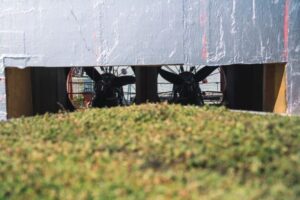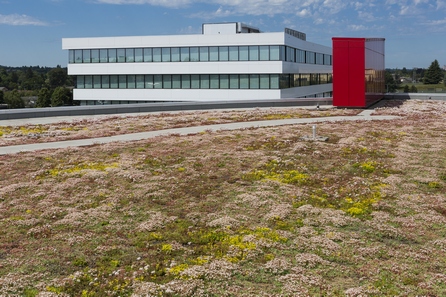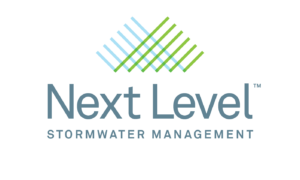4 Key Green Roof Design Considerations
1. Water Reuse
Rainwater can be reused as a resource ie irrigation and reduce the use of high quality, treated drinking water. Some green roofs may change the quality of runoff rainwater due to increased concentration of nutrients and contaminants retained during dry period; for these reasons, rain water harvested from green roofs is suggested to be used for irrigation or toilet flushing.
2. Calculating Retention

Retention is the process of holding water on the green roof and preventing water from draining off the green roof. Green roofs can have good stormwater retention capacity to delay and reduce the volume of runoff. The Green Roof Retention / Evapotranspiration Modeler is a helpful tool that compares the performance of various green roof profiles using stochastic weather for the selected location.
3. Detention

Detention delays and reduces peak runoff intensity. Pre-vegetated systems, such as StormCap+Detention are an innovation resulting from decades of international experience and exhaustive green roof research. The StormCap+Detention system can be designed to handle a 100-year design storm. It detains water with consistency making it a full-fledged stormwater management tool. Watch video to see how it works.
4. Wind Resistance

Like any building envelope components, vegetated roof assemblies must be designed properly to resist wind forces to ensure durability and public safety. CSA A123.24 provides a means to determine the wind resistance of modular vegetated roof system.
Ask Supplier for Wind Report
Engineers should ask green roof suppliers for wind resistances of their systems and follow the wind design process to select the appropriate assembly for their projects. Next Level Stormwater Management retains professional engineers to perform the wind design process on behalf of clients.
Wind Design Process of VRAs using CSA A123.24
By following the steps below, designers can compare the resistance to the design values and determine if an assembly is secured against the wind uplift for a specific project:
Step 1: Determine the project’s design wind load (PD) and the design wind speed (VD) using the Wind-MVRA online calculator https://www.nrc-cnrc.gc.ca/eng/services/windrci
Step 2: Request the wind uplift resistance (PR) and the wind flow resistance (VR) of the modular vegetated roof assembly as determined per CSA A123.24 from the green roof supplier.
Step 3: The modular vegetated roof assembly is secured against wind forces for the project if both conditions are met:
- wind uplift resistance (PR) is higher than the design wind load (PD)
- wind flow resistance (VR) is higher than the design wind speed (VD)
More than 2M SQFT supplied coast to coast
Email or call (416) 637-5772 Ext 1 for stormwater calculations specific to your project.
Unbiased, scientific research for the green infrastructure industry.






Comments are closed.